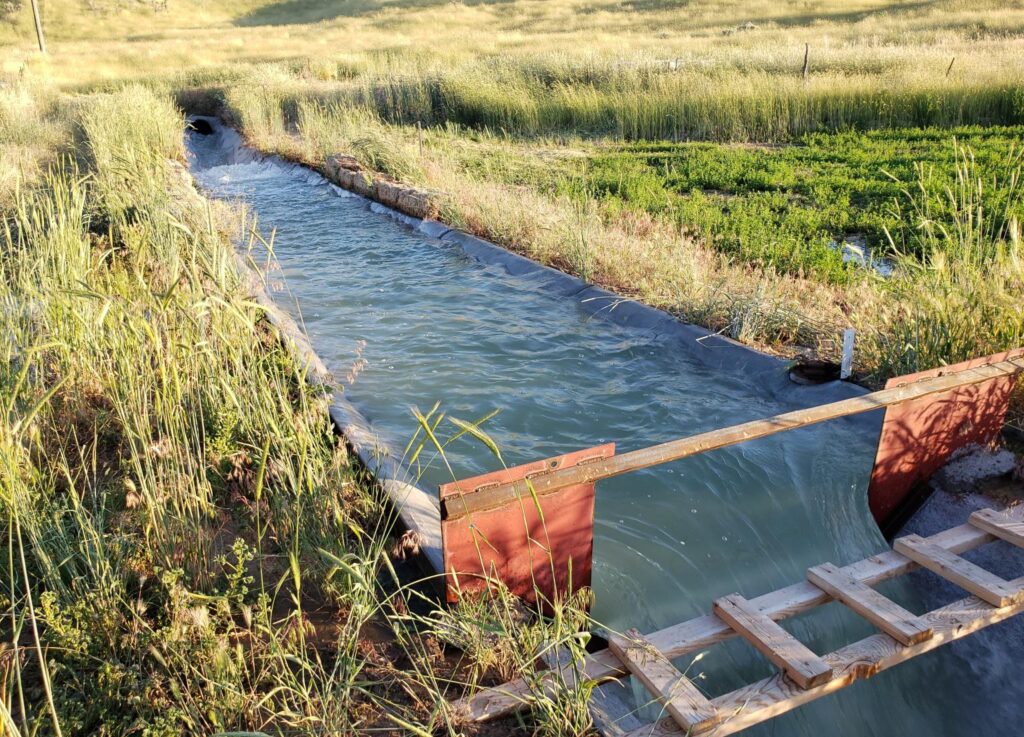This post will cover some of the equipment currently and previously used to construct ditches over the decades.
The first things to cover, are the trenchers! Below are the trenchers used for ditches and small canals. Both of these trenchers were old at the time this picture was taken and are still in service today.


Previously, we used an army truck with wench on the back to pull the ‘boat’ or slip-forms along the ditch. This truck broke down in recent years and has been replaced with the backhoe and bulldozer.

The equipment needs to travel from our shop to your field. This semi-truck provided decades of service of transporting trenchers, backhoes, and bulldozers. It has been retired. An additional backhoe has been picked up, though the backhoe shown below still serves us today as well.

The bulldozer is used to build the pad and smooth out dug-up dirt. But mostly, it is just a lot of fun to drive!

Gamaco is a brand name for a machine that specializes in slip-forming. These are often seen during freeway road construction.

That’s all for this post, we’ll have more action shots in the next posts.




